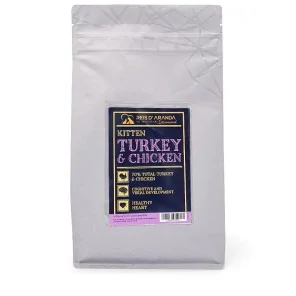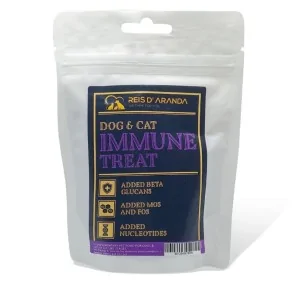Its name says it all: the Vienna blue rabbit comes from Austria. Not only is it beautiful with its shiny blue-grey...
THE SCOTTISH FOLD CAT
INTRODUCTION
The Scottish fold, so called because of its forward folded ears, was originally considered a natural mutation in Scotland in the 1960s.
THE ORIGIN OF THE SCOTTISH FOLD
The Scottish Fold originates from Scotland (northern United Kingdom), although there are many suspicions about the origins of this breed, as there are chronicles that claim that some cats with floppy ears were brought from distant China to Britain during the 11th century, so that the lineage of such cats, if this theory is true, would have contributed decisively to the genetic heritage of the Scottish Fold.
Although the genesis of this breed goes back a long way, it is true that the first step towards the establishment of the standard did not take place until 1961 when the Ross couple decided to cross a female cat with floppy ears they owned with a British Shothair, 5 years later the breed standard was created.
However, it was not all so easy, as Susie's direct descendants had serious arthritis and deformity problems, so the breed was banned and its registrations withdrawn in 1971.
With the passage of time and thanks to the intervention and hard work of geneticists and breeders, these health problems were eliminated and the scottish fold breed was restored and officially recognised by the CFA (Cat Fancy Association) in 1974.
WHAT DOES THE SCOTTISH FOLD CAT LOOK LIKE?
According to the morphology information we obtained from TICA (The International Cat Association), Scottish Folds come in all colours and patterns of the Traditional and Pointed Divisions, as well as in the Longhair and Shorthair varieties. All eye colours can be found, but copper eyes are the most common colour.
Scottish Folds have round faces, round eyes and round bodies. They are medium sized cats with medium bones. What makes them so unique are those folded ears that fold forward and tight enough to fit into the cap on the head, so that from a distance they look like an owl. The curious thing is that all Scottish fold cats are born with straight ears. They look like any other newborn cat, until between 18 and 24 days of age when their ears fold, but only if they carry the gene that causes ear folding. Normally, 50% of the litter folds and the rest are what breeders call straight-eared kittens, which are usually a little cheaper.
The coat may be short or semi-long, depending on whether the cat has crosses with longer-coated breeds, such as the British Shorthair or the Highland Fold (a long-haired variant of the Scottish Fold). The coat is soft and dense. The tail is of medium length and commensurate with the size of the body. It may have a rounded tip and is well covered with fur.
Finally, they are medium to large in size, with an average weight varying according to gender. Males tend to be larger and heavier than females.
THE HEALTH OF THE SCOTTISH FOLD
Scottish folds are animals that, although not in poor health, need special attention due to their genetics. We should not be frightened by this, as nowadays the breed does not present the serious anomalies that could occur in its beginnings, even so we must be attentive and carry out frequent veterinary check-ups to detect problems as soon as possible or even avoid them if possible.
One of the most frequent pathologies of the scottish fold breed is otitis, so we have to follow rigorously the indications of our trusted vet to keep their ears healthy and prevent this and other related diseases. We will probably be recommended to monitor the state of the ears and carry out weekly cleaning with the appropriate products, which will keep our feline healthy and free of discomfort, avoiding complications.
Due to the high degree of inbreeding in the scottish fold felines, they can present genetic anomalies such as deformities in the tail and limbs. In addition, the particular morphology of their ears favours the appearance of infections and problems of the auditory tract, which can lead to early deafness and associated hearing problems.
However, if our scottish fold cat has been bred appropriately, i.e. by crossing a scottish fold with a breed with erect ears, such as a british shorthair or scottish straight, he should not have such painful genetic conditions as shortening of the coccyx vertebrae or severe arthritis in the limbs. These pathologies are characteristic of highly inbred crosses, i.e. when two pure Scottish Folds are crossed.
THE PERSONALITY OF THE SCOTTISH FOLD CAT
The character of the Scottish Fold is tender and friendly, living up to its sweet appearance. The breed is characterised by being sociable and calm, ideal to live with both children and other animals, as it adapts perfectly to them and it is also a very patient and attentive cat.
CONCLUSION
The Scottish cat loves to play, but is calm by nature, a fact that combined with its attentive and affectionate character makes it ideal for accompanying elderly people or those with limited mobility, providing them with affection and company without demanding too much effort in its education, as it is extremely rare that a scottish fold gets into mischief or causes damage at home.
Leave a comment
Log in to post comments
















